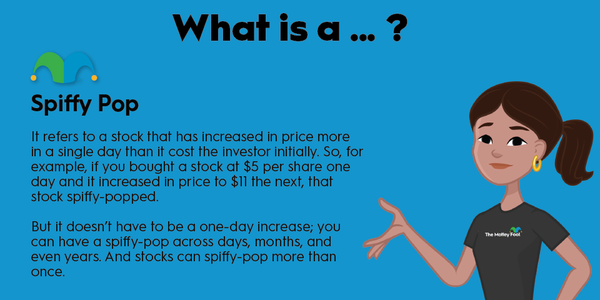Blockchain networks update and upgrade their software by "forking" the code base. There are two different types of blockchain forks -- soft ones and hard ones. Here, we'll take a closer look at soft forks.

What is a soft fork?
What is a soft fork?
In a soft fork, the new code is compatible with the software it replaced, so more than one version can be active in the same blockchain network.
In many ways, a soft fork works like an optional software update in a connected system. Imagine running an office where everyone is using the open-source LibreOffice Write word processor. New versions are released every month or so, always fixing some bugs and sometimes adding new features. The Document Foundation pays close attention to compatibility, so documents created by an older version should work just fine in a fresh update.
In this environment, it's OK to upgrade the word processor software slowly, letting some of your workers move up to the latest and greatest version while others stay with a tried-and-true solution a bit longer. That's how a soft fork works in the world of blockchains. The global network can upgrade some of the blockchain nodes as soon as a new version becomes available, but there's no need to force a synchronized update worldwide.
The opposite idea is a hard fork, where the new version is radically different from the older one, and everyone needs to upgrade in lockstep.
How are they helpful?
How are soft blockchain forks helpful?
Blockchain developers are always chipping away at the code that makes their encrypted ledger of transactions work. Soft forks let them introduce improved versions of the same basic functionality without disrupting the existing blockchain network. It's a gentle yet effective approach to software management on a global scale.
Why you should care
Why should crypto investors care about soft forks?
A better-informed investor can make better investment decisions.
It's true that hard forks often carry more substantial feature upgrades than soft forks, but both methods can take large and important steps forward. They just do it a little differently.
- Hard forks are mandatory upgrades, and the blockchain network can break down unless all nodes execute the update at the right time.
- Soft forks bring optional features, giving each node owner the ability to accept or skip the new idea. Jumping aboard later is always an option.
A steady flow of planned and properly executed soft forks is also a sign of an active developer community. You probably don't want to invest in a cryptocurrency that hasn't performed a single bug fix in five years. Bugs and sophisticated cyberattacks are a fact of life, and every crypto community must stay ahead of these challenges.
So keep an eye on the roadmaps and change logs of your favorite cryptocurrencies. They explain what changes are planned for the future and introduced in existing versions, respectively. As long as you see lots of soft forks in these documents, often found on the blockchain project's official website, you're dealing with an active and healthy developer community.
Ethereum's soft fork strategy
Unpacking Ethereum's soft fork strategy
Consider Ethereum (ETH 0.01%), one of the largest and most active cryptocurrency projects in the world. The underlying blockchain network was moved from a resource-intensive proof-of-work solution to a faster and gentler proof-of-stake platform through a series of game-changing software updates.
This fundamental revamp of Ethereum's core functionality started in 2020 and ended in 2022, including many test runs and three tentpole forks along the way.
At first glance, this ambitious technology shift might look like a walking, talking example of a hard fork. However, the so-called Ethereum 2.0 (Eth2) project was executed through several soft forks instead.
- Staking contracts were introduced in October 2020.
- The proof-of-stake-compatible Beacon blockchain joined the party two months later.
- In September 2022, the thoroughly tested and tweaked Beacon chain was upgraded from a test chain to an active production platform. This long-awaited event was known as The Merge.
- Two soft forks in April 2023 completed the proof-of-stake upgrade by allowing Ethereum owners to withdraw their staked tokens.
Related investing topics
This step-by-step upgrade never resorted to hard forks. Each partial upgrade used the smoother and more fault-tolerant mechanism of soft forks, allowing the massive network of Ethereum nodes to move forward on a relaxed schedule. The result of this carefully planned process was a single Ethereum blockchain that never introduced any new or alternative crypto tickers.
The lack of newly created crypto tickers for a different version of the same blockchain system is a sure sign of a soft fork (or several, in this case). A hard fork would have created a new proof-of-stake version of Ethereum while allowing the old-school proof-of-work Ethereum to carry on with the established ETH ticker. That did not happen.
Don't let the Ethereum Classic (ETC -0.2%) cryptocurrency confuse you, by the way. That altcoin is not a product of The Merge but a hard fork in 2016 that sought to combine the smart contracts of Ethereum with the management and development philosophies of Bitcoin (BTC -1.89%). It is arguably the closest thing to a pre-Merge version of Ethereum nowadays, but it was created years before the Ethereum 2.0 process started.




































































































